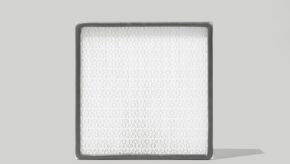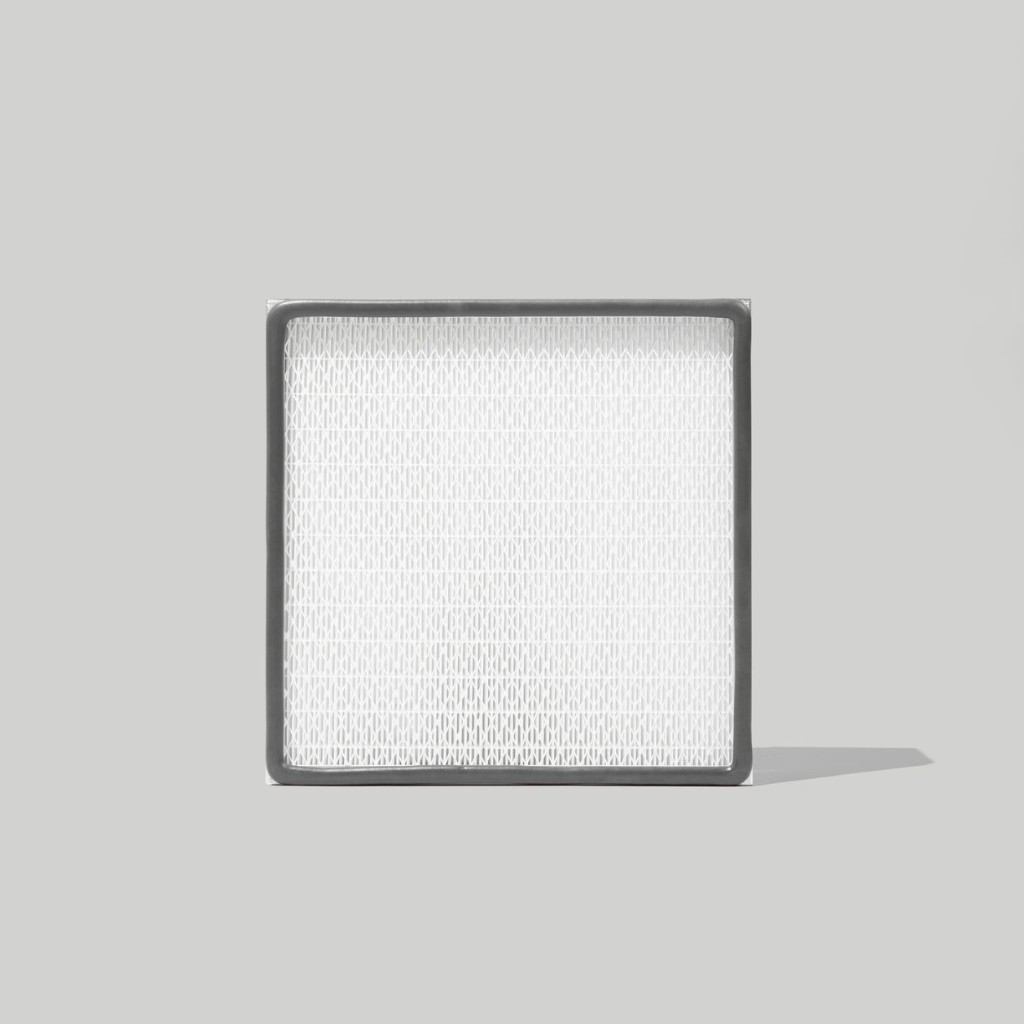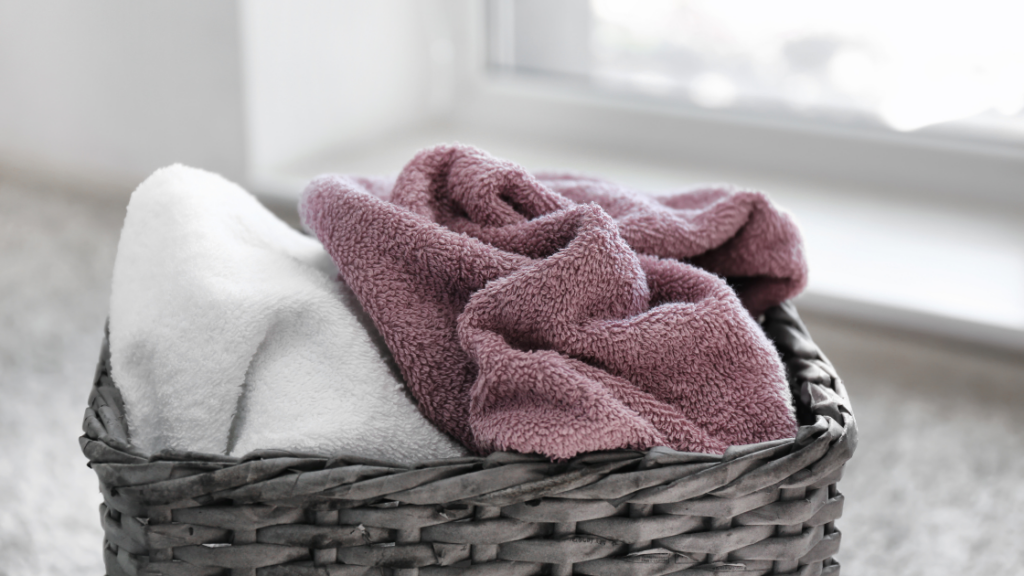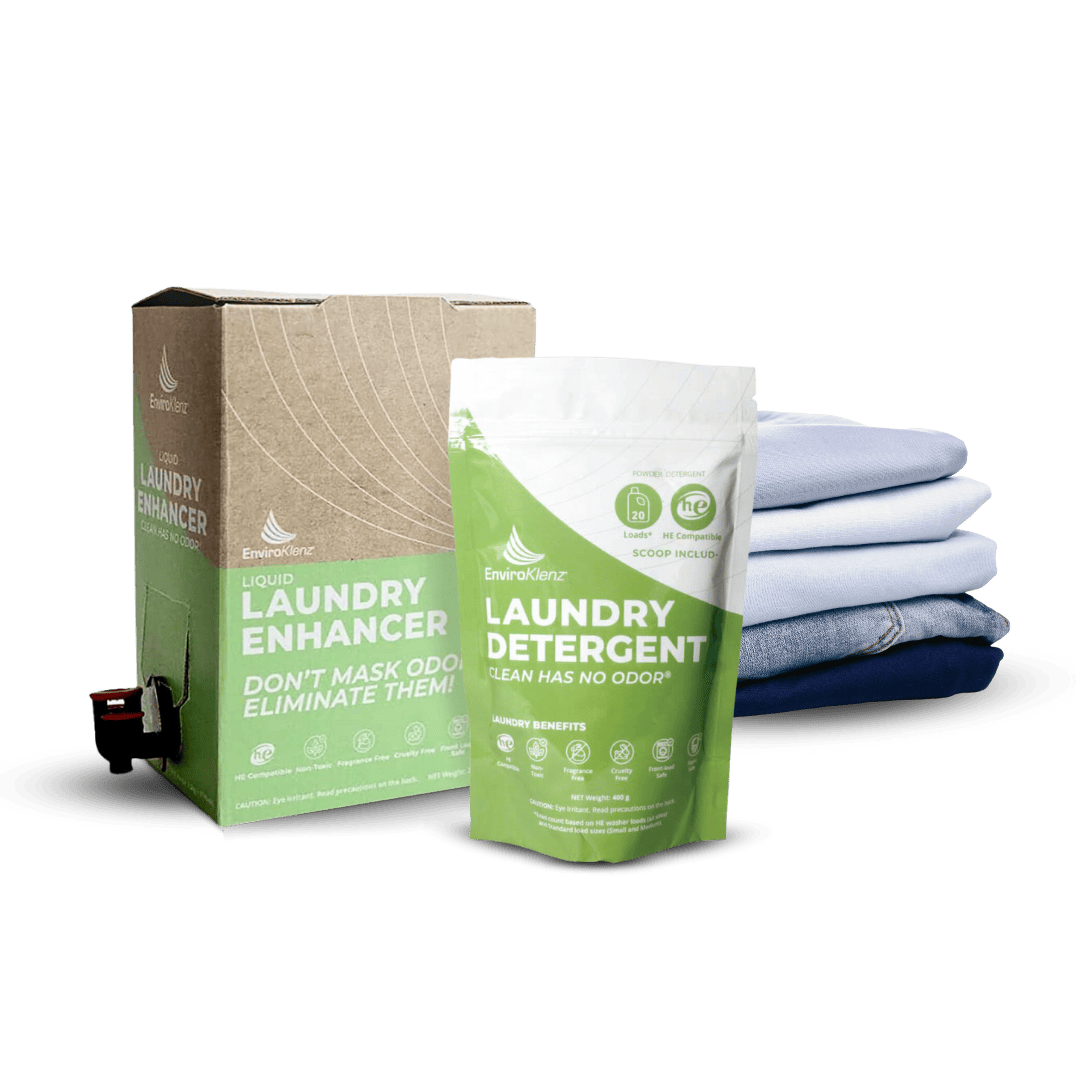Have you ever wondered how you get the chlorine smell out of towels? A smelly towel that doesn’t smell as fresh even after multiple washes can be frustrating, especially if it’s a bath towel you must rub all over your body.
4 Tips on How to Get Smell Out of Towels
The tips shared here might be universally applicable, but each smell is unique, and your ideal solution will depend on your stinky towel’s nature. You need to know where the smell comes from to determine its most effective treatment.
1. Use Bleach to Dislodge Dirt and Microbes
Two categories of bleach are used in laundry, each with its specialization.
Chlorine Bleach
This is an oxidative agent, which is how it gets towels white and bright. It can dislodge mold, mildew, and a lot of everyday muck.
It is more effective than natural remedies like vinegar or baking powder, but it’s also more abrasive and likely to damage fast colors and fabric after prolonged exposure.
The reaction also leaves a chemical smell that may irritate sensitive users. This brings us to oxygen bleach.
Non-Chlorine Bleach
Also referred to as oxygen bleach, it doesn’t contain chlorine but uses sodium percarbonate to oxidize and break the bond between dirt and your garments.
It’s most commonly found in the form of hydrogen peroxide. It is odorless and less reactive than chlorine bleach, making it more clothes-friendly. On the flip side, this also means it can’t match the whitening power and strength to remove stains.
If towels are cleaned the right way from the onset, you shouldn’t get to the point where you have to use chlorine bleach to manage towel odor. There are a number of natural, non-chemical agents for washing towels
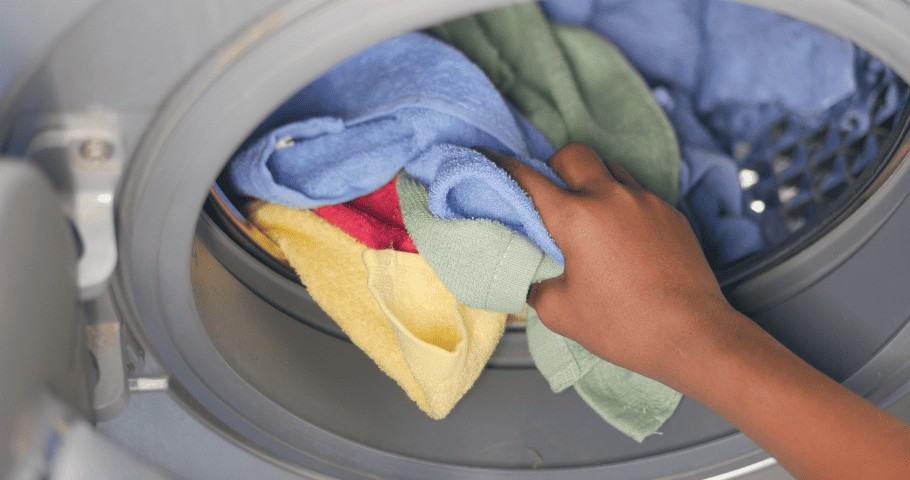
2. White Vinegar for Regular Washes
Vinegar is more effective in removing odors and is less abrasive than bleach. White vinegar is highly acidic, which kills the unwanted slimy deposits that grow in wet environments, including bacteria, mold and mildew. Adding a cup of vinegar to the washer for the last rinse cycle will eliminate most smells.
Run your white towels in a hot water wash cycle and your color towels warm water cycle with your cleaning detergent. Add a cup of white vinegar to your rinse cycle to remove any residual musty odor. If the towel is otherwise clean and your only concern is the sour smell, you can run the hot water cycle with vinegar exclusively and no detergent.
3. Baking Soda to Get the Smell Out of Towels
Baking soda doesn’t mask odors; it absorbs and neutralizes them, releasing carbon dioxide as a byproduct. You can use it in the rinse cycle to treat fabrics after your regular detergent or even on the second rinse cycle if you feel the stink remains after vinegar.
4. Keep Towels Dry as Much as Possible
Dry the towels directly after washing them or as soon as you are done using them if they are not yet due for washing. Line dry them where there is free air circulation, preferably outdoors under the sun. It doubles as a drying agent and a natural disinfectant.
Hang towels to dry immediately after use, avoid stacking them and keep them off the floor if you plan to use them more than once. Spread them as much as possible so there is free circulation of air and no damp pockets.
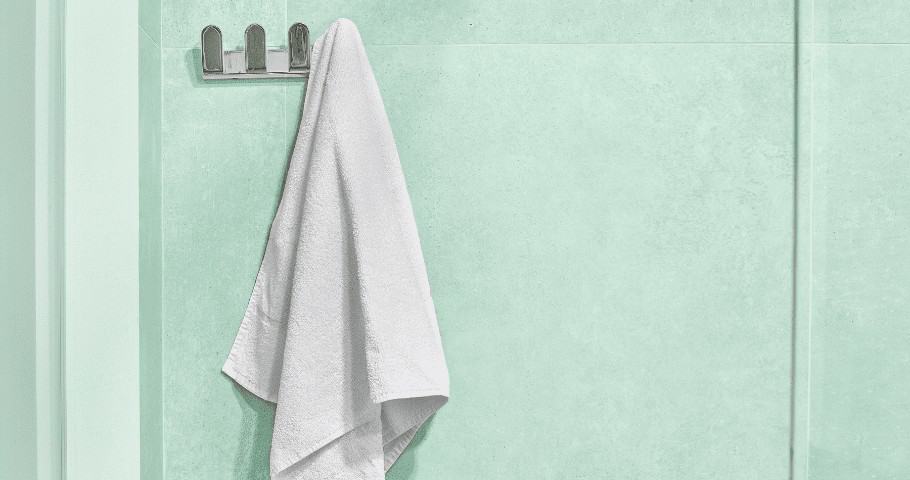
How Do You Get the Chlorine Smell Out of Towels?
A good number of cleaning products contain bleach and fragrances. Chlorine bleach is highly effective against bacteria and is often used as a disinfectant to get the smell out of towels where the gunk is too advanced for all-natural cleaners. Some towels need to be soaked for extended periods based on the levels of dirt and grime.
When the chlorine content in bleach mixes with water, a chemical reaction produces hydrogen chloride gas with the characteristic chlorine smell of bleached laundry. Some of it will linger on the towel for a while, depending on how much bleach was used and how long the towel was soaked. This might make it unusable for people who are scent sensitive.
Rinse the clothes immediately after using bleach to get as much of it as possible off the towel. Allow the clothes to air dry or hang them outside to dry. The fresh air and sun should aid in dissipating the chlorine smell with time. Don’t use the towels until they are completely dry.
If the chlorine smell persists, give them a second wash with natural, odorless detergents. The bleaching agent will have done all the heavy lifting, so it doesn’t have to be deep cleaned. There are different ways of doing this.
- Let the towels sit in a vinegar solution for up to ten minutes for the vinegar to work its magic. Rinse them thoroughly to remove the vinegar and allow them to dry off completely.
- Soak them in a baking soda solution and give them time to absorb the chlorine smell before drying them off again.
- Use a combination of baking soda and vinegar mixed in equal parts to sprinkle over the chlorine smelling towel. Let it sit for approximately 15 minutes, then rinse the towel with warm water. The baking powder takes care of any residual vinegar smell.
- Using fragrance-free laundry detergents, preferably those made with plant extracts. If they seem too mild in comparison to the potency of the chlorine smell, they can be supported using laundry boosters, such as the EnviroKlenz Laundry Enhancer, which is designed to remove unpleasant odors from laundry without leaving any lingering odors.
These are just a few practical tips on how to get different smells out of towels. Of course, every household has its own hacks, and some may work wonderfully in conjunction with a few of the ones mentioned here.
EnviroKlenz® Medical Disclaimer:
“Any information that is provided on this website is not for the use by any commercial or personal entity without expressed written consent of the blog author. The material and statements illustrated within this blog are not intended to diagnose, treat, cure, or prevent any diseases or medical conditions. Nor does the author in any way guarantee or validate the validity, totality, or efficacy of any claims and will therefore not be held responsible for the content of any claims. Always consult your medical physician for any specific medical advice or recommendations.”

